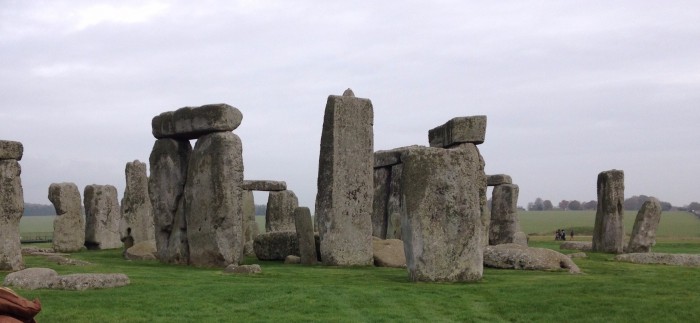Home Page › Info › Advice › Garden Design › Stone Monoliths, why are they so fascinating?
Stone Monoliths, why are they so fascinating?
At Wadsworth Design one of our main products is slate monoliths. Every year we get customers from all over the united kingdom looking for that perfect piece of stone for their garden. Some people are looking for thin, slender standing stones, where as others want a large chunky piece. Everyone seems to have a different idea of their perfect stone. We have couples and families coming to view our stone monoliths and sometimes arguing for hours over which monolith they prefer!
So why do stone monoliths create so much enchantment?
The simplicity of standing a long shaped stone on end is an age old tradition, Is it something in our bloodline? For thousands and thousands of years we seemed to have marked important areas by standing stones on their end. A great example is Stonehenge which dates back to 2000 -3000BC they too transported stone from different areas of the country to create stunning stone features.
Most ancient monolithic stones sites have been related to the alignment of the sun, where shadows and rays coming through the stones appear to have been used to read the seasons, years and time.
However you put it stone monoliths have obviously played a huge part in the lives of human kind. The scale of stone henge, and the hundreds of other ancient sites where stones have been up righted. In fact some 50,000 sites across Europe, Africa and Asia have megalith stones.
Maybe its the orientation and unnatural stance of the stone which brings the admirer to question how it got there. Especially with the larger ancient stones. To think with all we know at this current time and we still cannot clearly say how Stonehenge was created is incredible. I think this is why standing stones are so fascinating, for our beloved gardens its almost sets a territory, an achievement. Its not a flat lying stone that we see all over the natural world. A monolith is a statement, and even in small forms a stone monolith provokes the admirer with the fact that someone or something has been there and changed the position of that natural stone.






